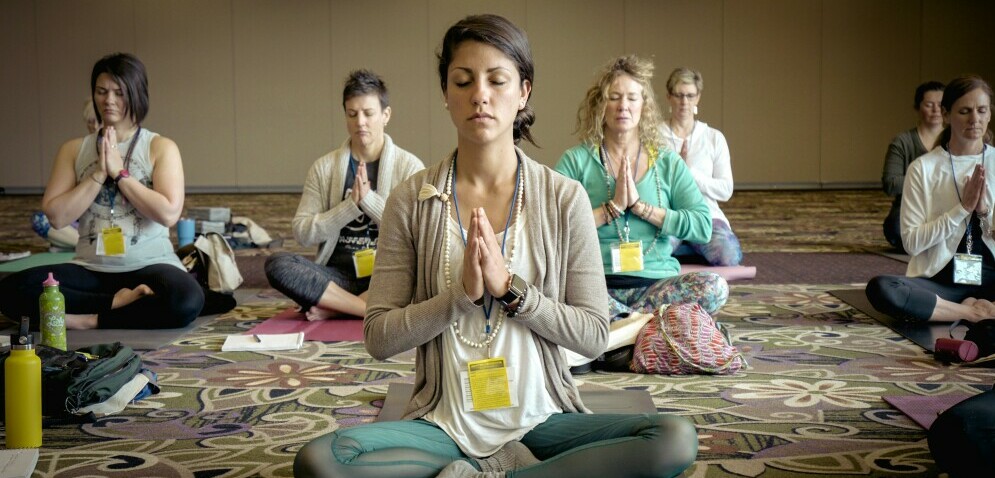Who Said ‘Thoughts Are Things’ and What Does That Mean?
The phrase “thoughts are things” has become a popular mantra in various self-help and motivational communities. It emphasizes the profound impact that our thoughts can have on our lives, shaping our realities and influencing our actions. Though many may use the phrase today, its origins trace back to influential thinkers and movements in the early 20th century. Understanding who first articulated this concept and what it truly means can provide us with invaluable insights into the power of thought and consciousness.
Origins of the Phrase
The exact phrase “thoughts are things” can be attributed to the influential American philosopher and writer, Ernest Holmes. Holmes was the founder of the Religious Science movement, a philosophy which emphasizes the power of the mind in creating one’s reality. In his seminal work, The Science of Mind, he explores the idea that our thoughts manifest our experiences and surroundings. Holmes believed that thoughts carry a tangible energy that, when directed properly, can shape one’s reality.
Although Holmes popularized the phrase, the underlying principle dates back further, weaving its way through various spiritual and philosophical traditions. Ancient teachings from Buddhism speak of the mind’s role in shaping perception, while the Hermetic principles of ancient Egypt often discussed the correspondence between thought and reality. Philosophers such as Ralph Waldo Emerson and William James also contributed to the discourse about the significance of thought and belief in shaping human experiences.
What Does ‘Thoughts Are Things’ Mean?
The phrase “thoughts are things” encapsulates several profound ideas about consciousness, existence, and personal agency. Here are some of the essential interpretations of this concept:
1. Manifestation and the Law of Attraction
One of the most widely recognized interpretations of “thoughts are things” is rooted in the Law of Attraction, a philosophy suggesting that positive or negative thoughts bring positive or negative experiences into a person’s life. This idea was popularized by the book The Secret by Rhonda Byrne, which claimed that by focusing on positive thoughts, individuals can attract positive experiences, wealth, and happiness.
At its core, the Law of Attraction posits that thoughts emit an energy that resonates with similar energies in the universe. Therefore, by cultivating a mindset of abundance and positivity, individuals can align themselves with the opportunities and circumstances that mirror those thoughts.
2. The Power of Intentional Thinking
“Thoughts are things” also underscores the power of intentional and conscious thinking. When we focus our thoughts on particular desires or goals, we create a mental image and reinforce it through our beliefs and actions. This intentionality can lead to increased motivation, clarity, and fulfillment. The late Dr. Wayne Dyer wrote an entire book which he titled “The Power of Intention”.
For instance, when individuals set goals and regularly visualize their achievement, they are more likely to develop a plan and take actionable steps toward those goals. This notion is supported by psychological research indicating that visualization and positive affirmation can significantly impact motivation and performance.

3. Influencing Emotions and Behaviors
Another critical aspect of the phrase is its emphasis on the interconnection between thoughts, emotions, and behaviors. Cognitive Behavioral Therapy (CBT), for instance, revolves around the idea that our thoughts influence our feelings and actions. By altering negative thought patterns, individuals can improve their emotional well-being and change maladaptive behaviors.
The understanding that “thoughts are things” highlights how pervasive thoughts can shape not just our outer realities but also our inner landscapes. By shifting our mindset, we can foster resilience, improve our mental health, and cultivate a more positive outlook.
4. Collective Consciousness and Social Impact
The phrase also has implications beyond individual experience. The concept of collective consciousness suggests that the shared thoughts and beliefs of a society can shape cultural norms, values, and realities. Movements for social change often begin with a shift in thought, illustrating how collective belief in a vision of a better world can lead to tangible changes in society. The Peace Project is a striking illustration of the power of collective thought even if that thought is shared by a limited number of people.
As more individuals align their thoughts toward equality, justice, and compassion, the societal framework gradually reshapes to reflect those values. This exemplifies that thoughts, when shared collectively, can indeed become powerful societal “things” that manifest in the world.

5. Mindfulness and Present Awareness
Lastly, the awareness that “thoughts are things” invites a practice of mindfulness and present awareness. By recognizing that our thoughts can create a kind of energy, we are encouraged to observe our thought patterns without becoming overly attached to them. Mindfulness teaches us to create space between thought and reaction, allowing for greater emotional regulation and mental clarity.
Practicing mindfulness involves acknowledging our thoughts as transient and encouraging a sense of calm and focus. As we cultivate mindfulness, we become more adept at managing our thoughts, using them as tools for growth rather than allowing them to control us.
Conclusion
The phrase “thoughts are things” is a powerful declaration about the nature of consciousness and reality. It reminds us that our internal dialogue significantly influences our external world, shaping our experiences, emotions, and interactions. Whether one subscribes to the Law of Attraction or embraces the psychological insights of cognitive therapies, the implication remains: our thoughts hold power.
As we dive deeper into the essence of this phrase, we become more equipped to harness this power consciously, intentionally directing our thoughts toward personal growth, fulfillment, and positive change. Ultimately, “thoughts are things” is an invitation to become mindful creators, recognizing the potent energy that our thoughts possess in shaping our lives and the world around us.

Grant Edward Rayner